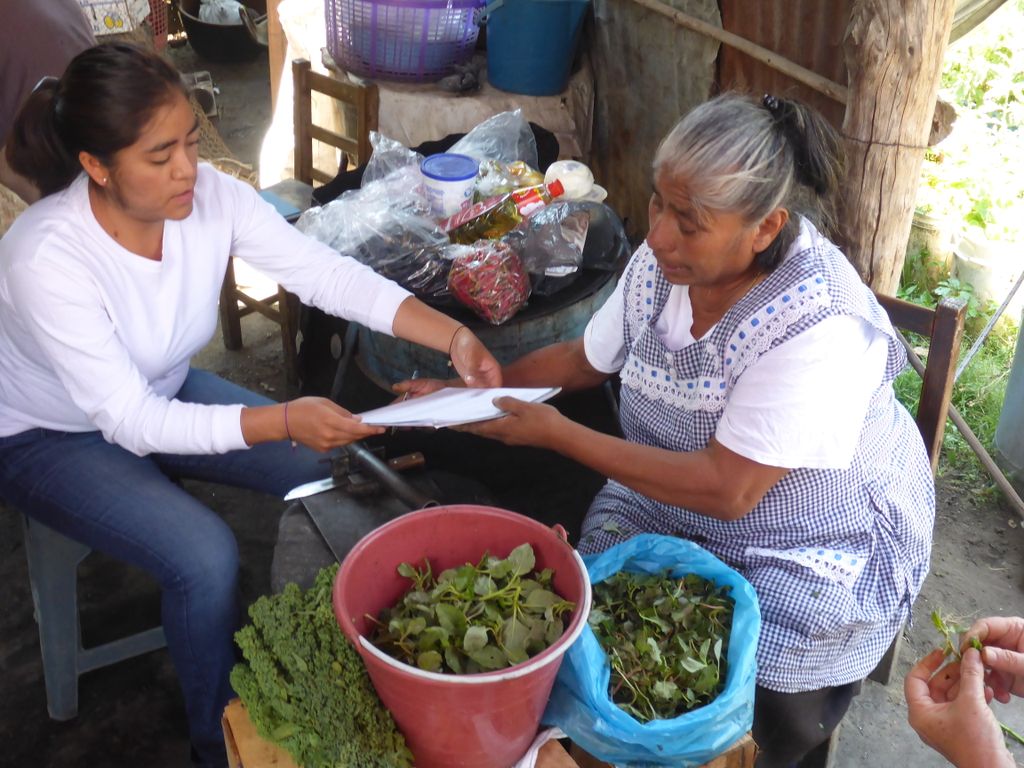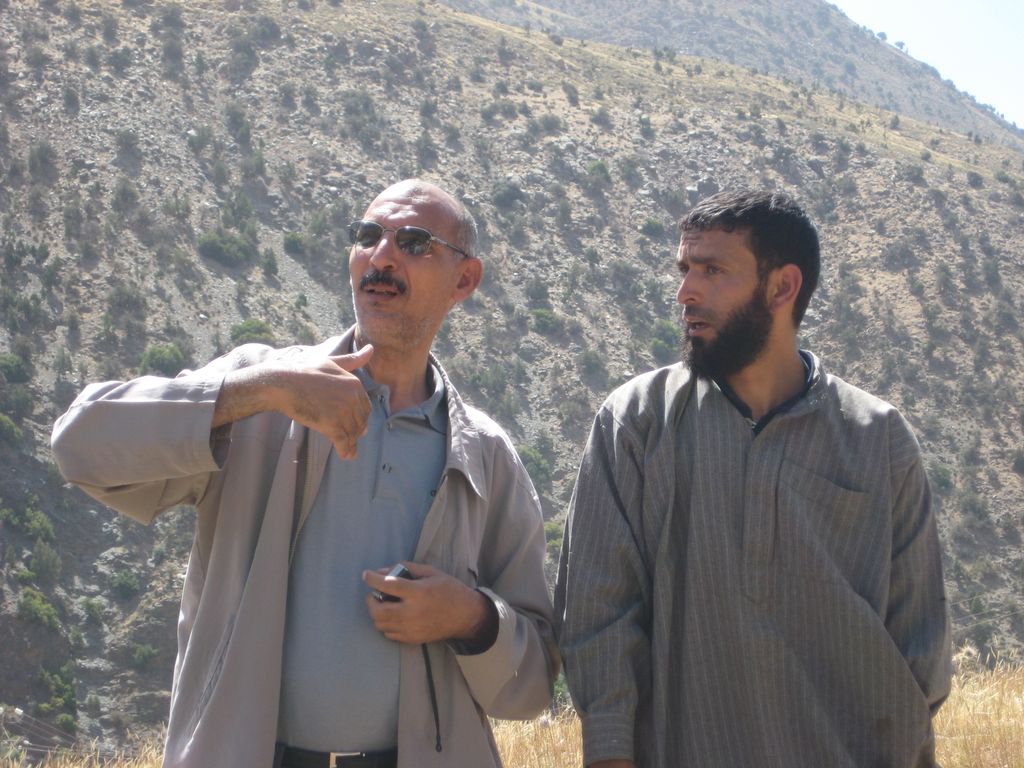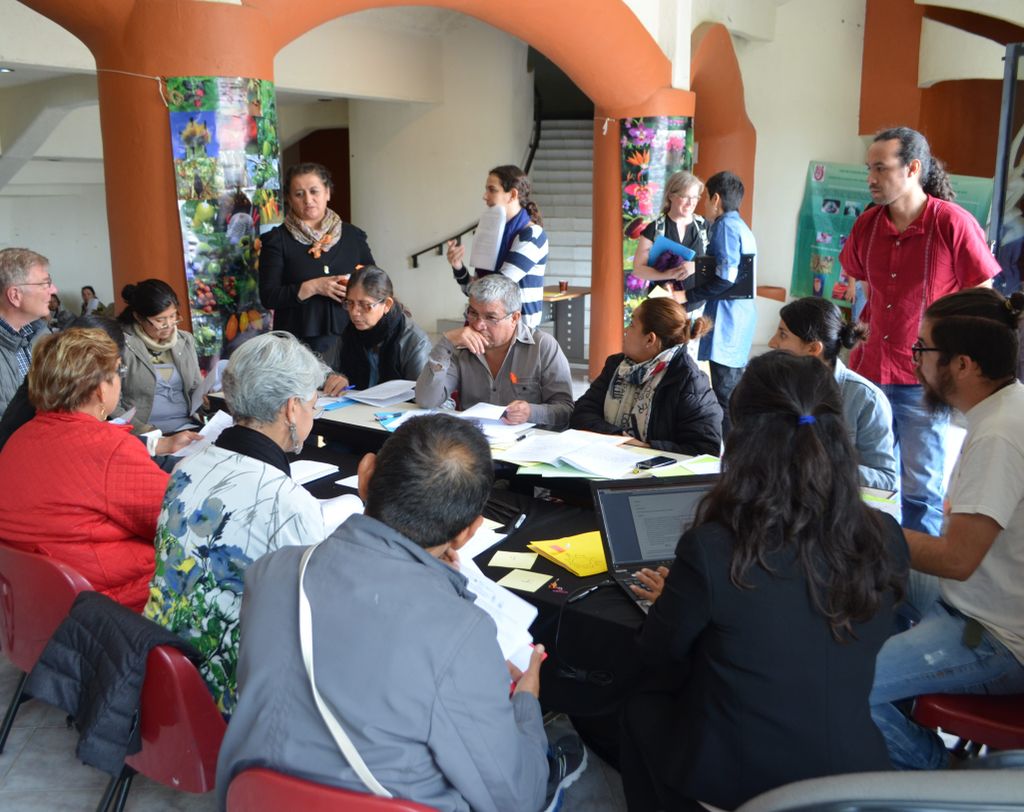Good Practices for Working with Communities

-
Region
Global -
Country
Mexico -
Topic
Policy and Advocacy -
Type
Case Study
Mexican Association of Botanic Gardens
Exerpted from: Asociación Mexicana de Jardines Botánicos, 2016, “Código de conducta para el acceso y uso de la biodiversidad vegetal en los que participen los jardines botánicos de México y Compendio de Buenas prácticas de acceso y uso de la biodiversidad vegetal”. Link to full document (in Spanish) here.
(Informal translation – Kate Davis and Beatriz Maruri)
1. Formulate the project taking into consideration local conditions.
- Prior knowledge of the characteristics of the locality and consideration of community requests regarding specific problems that local inhabitants express are starting points that encourage interactions with them.
2. Complete the necessary formalities for the governmental authorities.
- One must request and manage the relevant permits for collection in time and in the required format for the Secretariat of the Environment and Natural Resources (SEMARNAT). This process should include obtaining the written permission of the possessors of the resource. Such permission must be obtained via Prior Informed Knowledge and Consent (CFPI).
- For collection sites located inside a Natural Protected Area, the approval of the National Commission for Natural Protected Areas (CONANP) must be obtained, through the respective ANP directorate.
3. Consider that when the research involves genetic resources for the purpose of utilization sensu the Nagoya Protocol, it will be necessary to apply measures established in the applicable legislation.
4. Establish communication with the municipal authorities, either with the municipal president or with the person responsible for the environment, whether a director, ecology councillor or similar.
- Provide them with the basic information about the project.
- Have copies of said information available to distribute to interested parties at any time.
5. Before initiating the project, identify and establish communication with the competent local authorities, both official and traditional.
- The local authorities – ejidal commissioner, traditional governors – must be clearly identified prior to project implementation in order to conduct an orientation visit, to request their permission and to give them the basic documentation in writing.
- During such visits one can also meet with other important representatives in the community
6. Provide the contact details for each of the responsible researchers or the institution.
- This action can build trust and facilitate communication.
7. Do not force the implementation of the project if the inhabitants of the area are not in agreement with it.
- It is suggested that awareness-raising talks are given to highlight the importance of the study and the benefits that the community can obtain from it.
8. Obtain consent from the local authorities, both official and traditional, for the concluding of agreements.
- Consent may be verbal or written, but must be documented in a letter, video or other type of record.
9. Encourage the participation in fieldwork of local inhabitants.
- Participation can be included as fieldwork, which can be compensated in cash via payment of daily wages.
10. Communicate the progress and problems encountered in the development of the project to the respective local authorities.
11. Provide non-monetary benefits to the communities.
- Throughout the development of the fieldwork, workshops aimed at diverse groups of the community can be conducted, taking educational, horticultural, ethnobotanical approaches, etc.
- The theme of the workshops could be decided by mutual agreement with the inhabitants of the community.
- Invite the inhabitants of the locality to visit the botanic garden to find out about and observe the concrete results of the project in which they have participated.
- Plan guided visits to the botanic garden, special to the members of the community
12. Share the products of the investigation with the communities.
- Deposit the resulting and derived publications from the project – articles, theses, guides, handbooks, games, etc – in the libraries of the area, or the schools and ecological areas of the locality.
- Develop a specific report to deliver to the authorities, including all the participation data, photographic records and list of the people from the community that collaborated in the project.
- Include recommendations for possible projects for the benefit of the inhabitants of the area.
- Ensure that the wording is appropriate to the type of recipient it is addressed to, so that it is useful.
13. Link the community with potential markets.
- Provide advice, in cases where it is potentially viable, on how to set up a Management Unit for the Conservation of Wildlife (UMA, Unidades de manejo para la conservación de vida silvestre) or a Site or Facility that manages Wildlife outside its Natural Habitat (PIMVS, Predios o instalaciones que manejan vida silvestre en forma confinada, fuera de su hábitat natural) in which 100% of the benefits obtained go to producers.

